September 14, 2021

World4allages – Global Campaign to Combat Ageism – World Health Organization (WHO)
The term, “ageism” was created in 1969 by the gerontologist Robert Butler to define age-related prejudice, covering all age groups. Later, in 2004, Palmore defined ageism as “strong prejudice and discrimination against older people.” According to the author, this is the third great ‘ism’ identified in Western societies after racism and sexism.
According to a 2021 United Nations (UN) report, ageism refers to stereotypes (how we think), prejudice (how we feel), and discrimination (how we act) towards people based on their age. Discrimination arises when age is used to categorize and divide people in ways that can cause harm, disadvantage and injustice. It can manifest in many ways, including prejudiced attitudes, discriminatory acts, and institutional policies and practices that perpetuate stereotyped beliefs.1
Ageism appears as a real problem around the world. Around 1 in 2 people worldwide have ageist attitudes against older adults1. This kind of prejudice affects us throughout lifespan and exists within our institutions, our relationships, and ourselves. Furthermore, it overlaps and exacerbates other forms of discrimination including those against sex, race, and disability.1,2,3
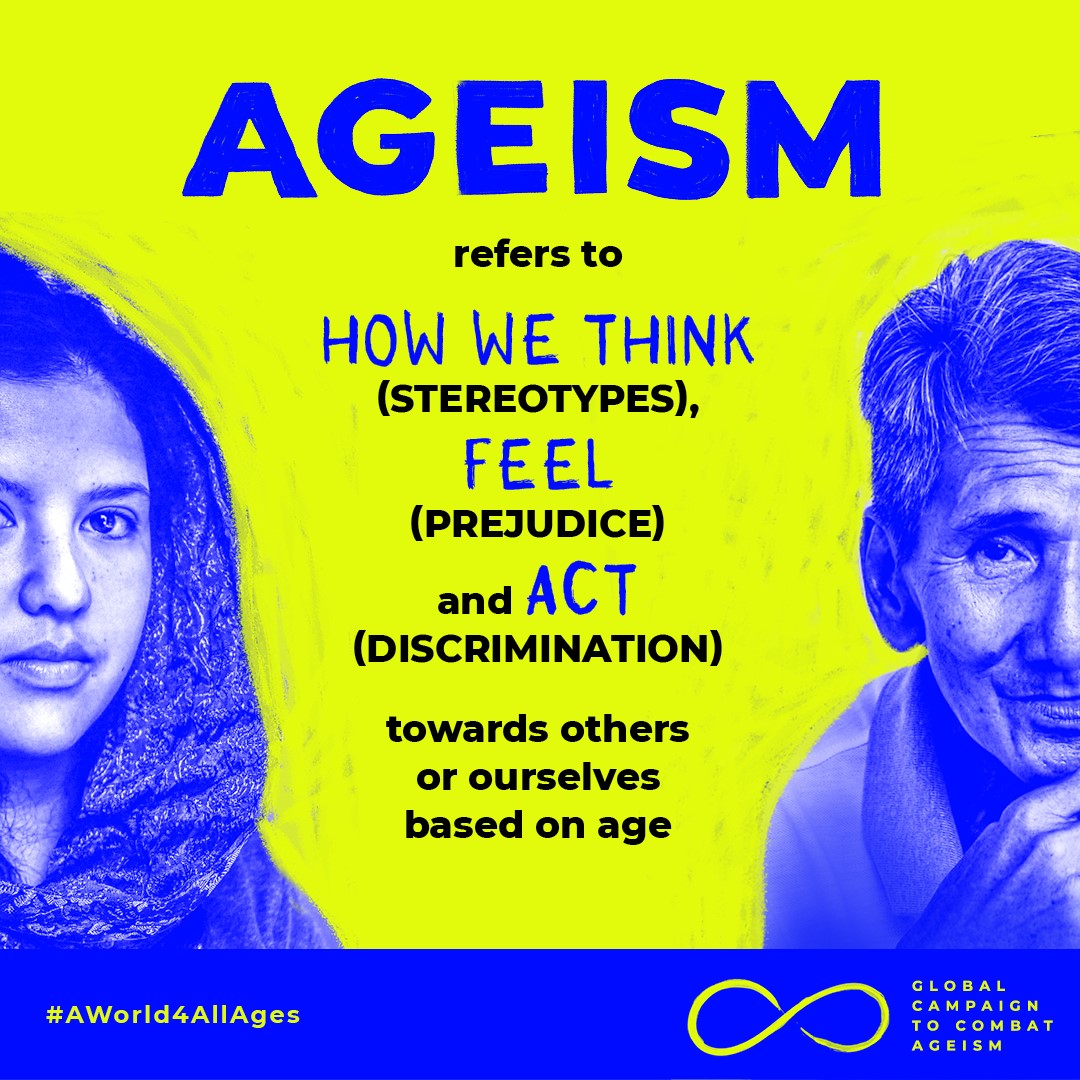
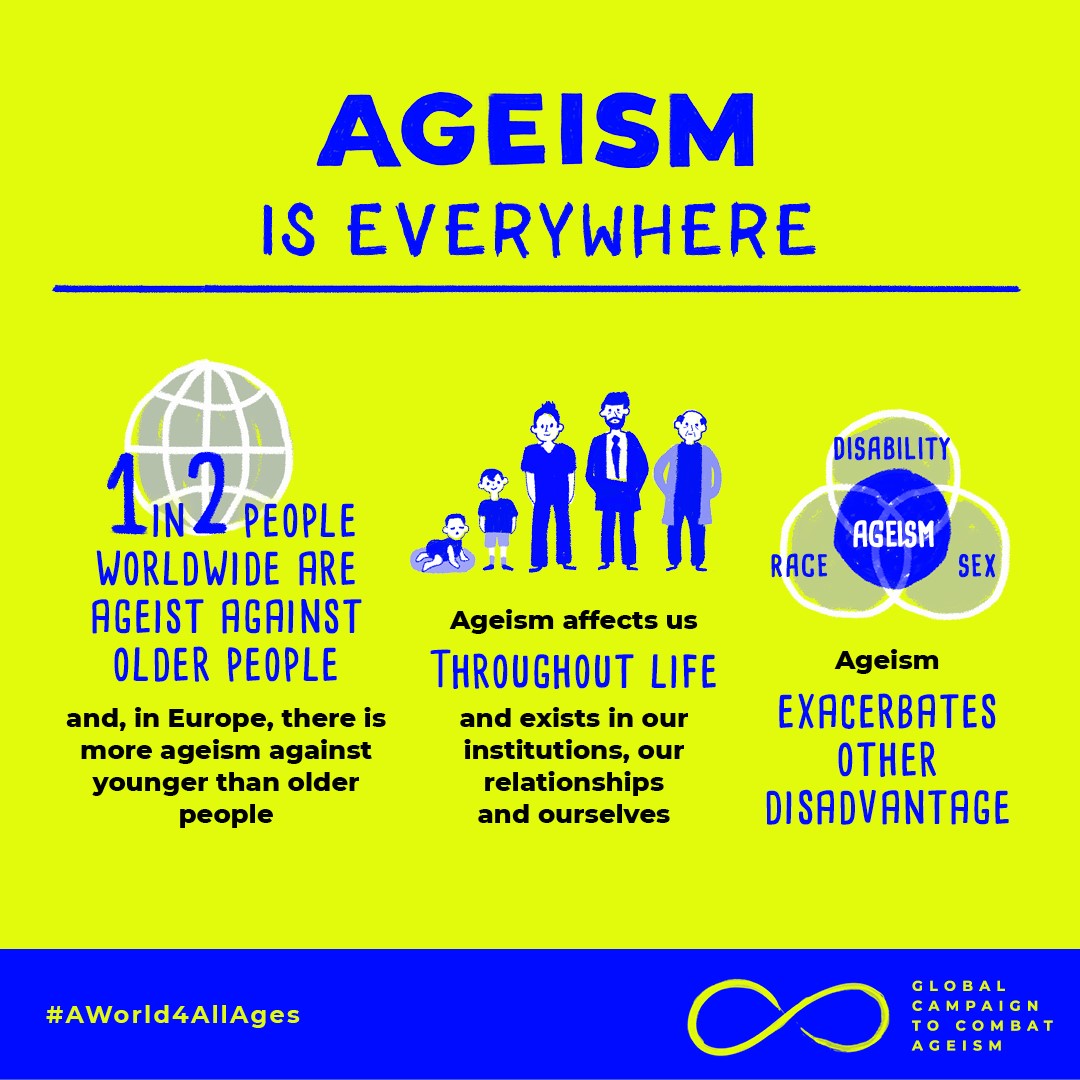
Today, society may view the aging process as just a health problem with continuous losses including the deterioration of the body, decline and disability, diseases, and losses, absence and dependence, and utlimately, death. These prejudices often generate discrimination, thus, a systematic denial of access to resources and opportunities available to other age groups can be observed. These restrictions can cause harm, including the health and general well-being, disadvantages, injustice, and a loss of dignity.
The COVID-19 pandemic has contributed to the unveiling of discrimination against older adults, making visible an important barrier to the promotion of healthy aging. Younger and older people were and continue to be stereotyped in public discourse and social networks. In some priorisation strategies, age has been used as the exclusive criterion for access of medical care, life-saving therapies, and for social distancing.1,2 Age-only health rationing is widespread. A systematic review in 2020 showed that in 85% of 149 studies, age determined who received certain medical procedures or treatments.1,3
This increasing global ageism motivated the initiation of the Global Campaign to Combat Ageism by the World Health Organization (WHO) whose slogan is “Age doesn’t define you”, published in December 2020. In this report, the WHO defined the period of 2020-2030 as the ‘Decade of Healthy Aging’.
Currently, ageism is a major obstacle against effective policies and the creating strategies to healthy aging. According to the WHO report, ageism can be institutional, interpersonal or self-inflicted, infiltrating many institutions and sectors of society, including those that provide medical and social care, the workplace, media, and the legal system. For different economies, ageism costs billions each year in excess health care costs.1,6,7
The WHO report compiles the best evidence on the nature and scale of of ageism, and identifies its many substantial consequences as a barrier to the formulation of institutional policies and practices and the equitable distribution of resources and opportunities. It states the serious and far-reaching consequences for the health, well-being and rights and dignity of the human person; in case of the older adult, reduced quality of life, social isolation, shorter life expectancy, poverty, denial of certain medical procedures or treatments, and financial insecurity. It further summarizes the currently evidence-based strategies to combat this evil: Policies and laws that address prejudice, providing educational activities, and encouraging intergenerational activities.
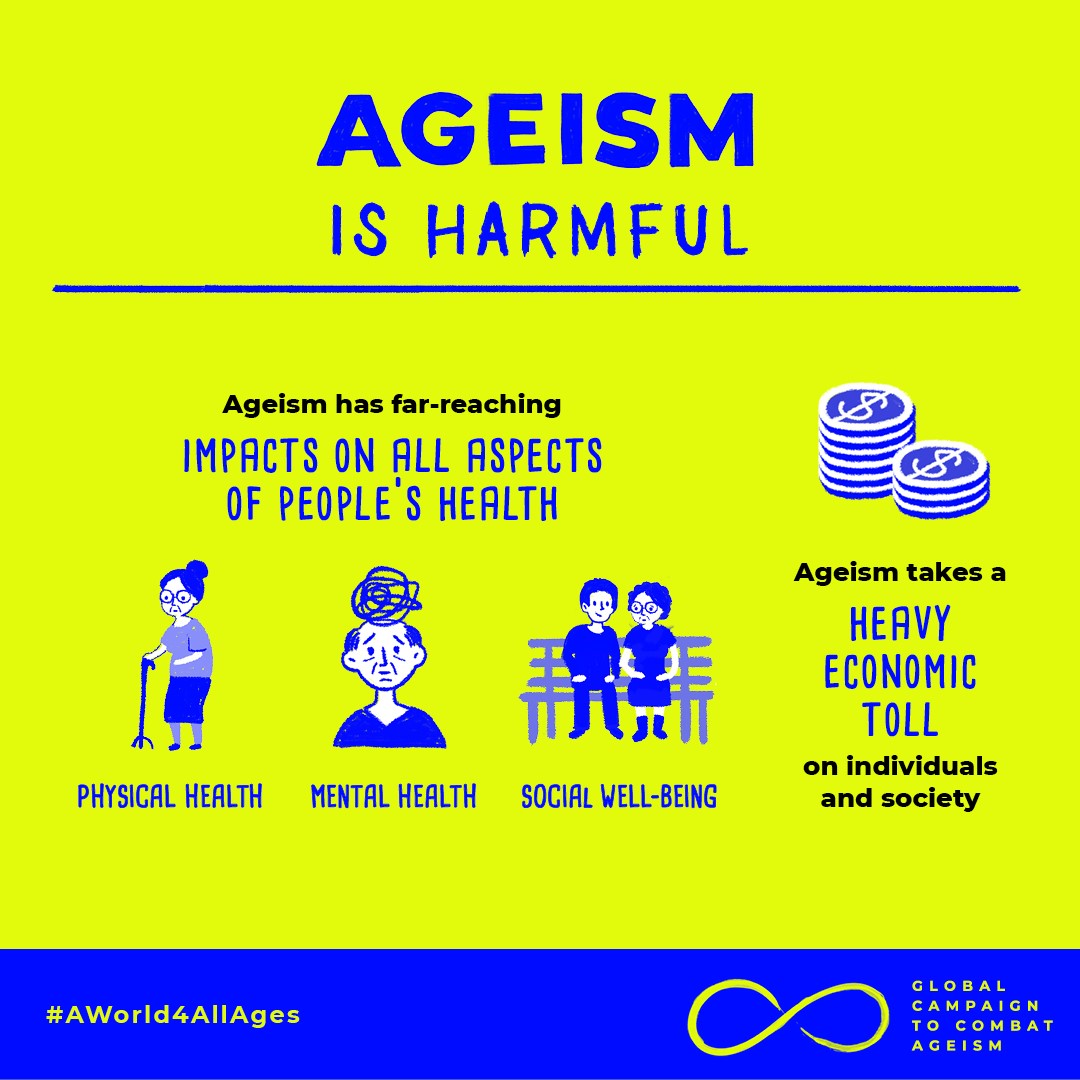
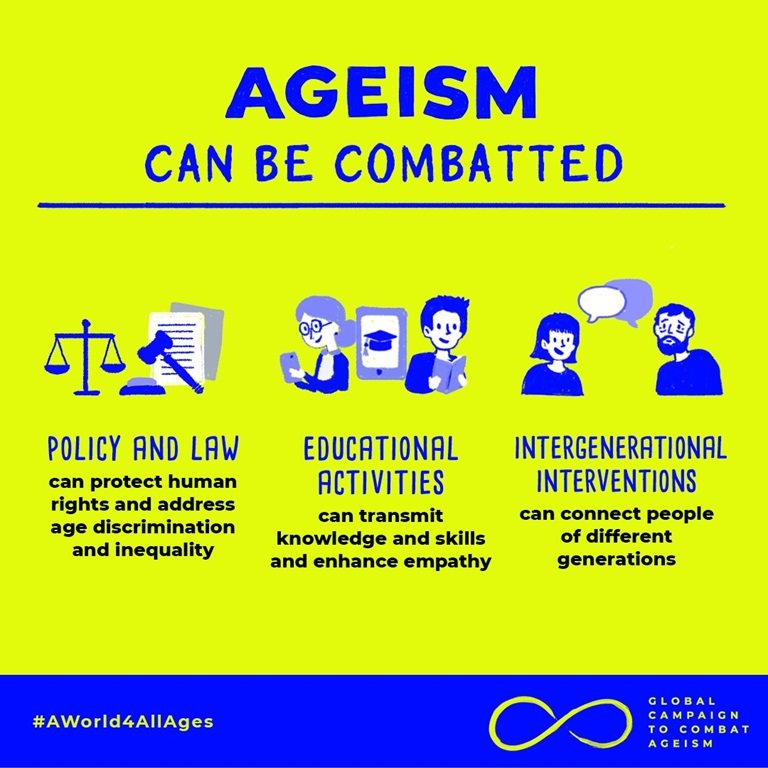
These strategies are thought to increase empathy, and dissipate misconceptions about different age groups in order to create a world for all ages. These recommendations should be applied together, whenever possible, to maximize their effects.1
They are:
- Investing in evidence-based strategies to prevent and combat ageism;
- Improve data and research to better understand ageism and be able to reduce it.
- Create a movement to change the discourse on age and aging.1
All countries are invited to use evidence-based strategies to improve data collection, research and to collaborate to strengthen the combat against ageism. This work begins with the change of our mindsets; thereby, it will be possible to reach a public policy agenda for aging and older people that is broad and consistent with the needs of older adults, and social and health initiatives throughout the course of life, building a world of health, well-being and dignity for all ages.1,5
We are all invited to change the way we think, feel, and act with regard to age and aging. As an organization, we can contribute to address and eliminate ageism.
References
- Global report on ageism. Geneva: World Health Organization; 2021. Licence: CC BY-NC-SA 3.0 IGO
- Ageing and life-course. Geneva: World Health Organization; 2018.
- Levy BR, Banaji MR. Implicit ageism. In: Nelson T, editor. Ageism: stereotyping and prejudice against older persons. Cambridge: MIT Press; 2002. pp. 127–8.
- Cuddy AJC, Norton MI, Fiske ST. This old stereotype: The pervasiveness and persistence of the elderly stereotype. J Soc Issues. 2005;61(2):267–85. 10.1111/j.1540-4560.2005.00405.x
- Levy B. Stereotype embodiment: a psychosocial approach to aging. Curr Dir Psychol Sci. 2009. December 1;18(6):332–6. 10.1111/j.1467-8721.2009.01662.x
- Pascoe EA, Smart Richman L. Perceived discrimination and health: a meta-analytic review. Psychol Bull. 2009. July;135(4):531–54. 10.1037/a0016059
- Levy BR, Slade MD, Murphy TE, Gill TM. Association between positive age stereotypes and recovery from disability in older persons. JAMA. 2012. November 21;308(19):1972–3. 10.1001/jama.2012.14541
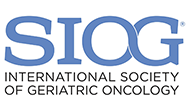


Leave A Comment
You must be logged in to post a comment.